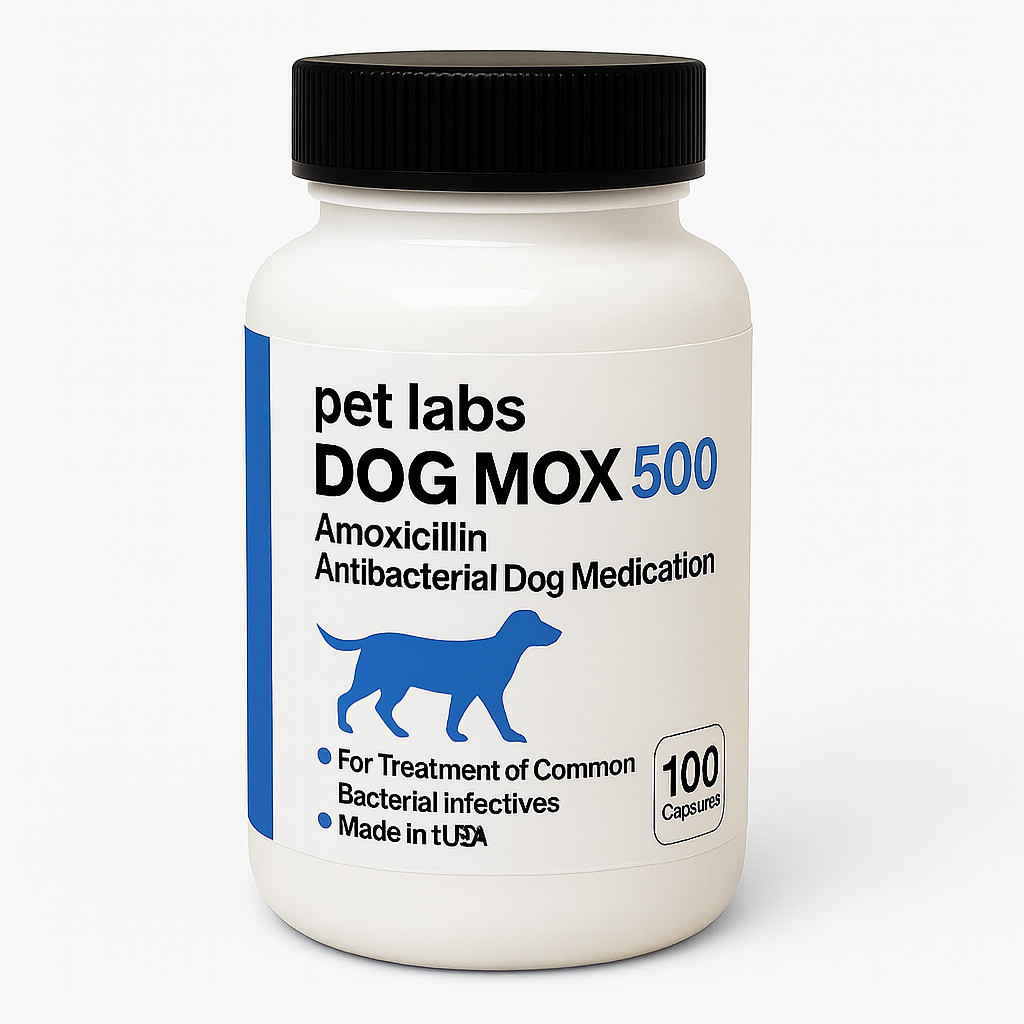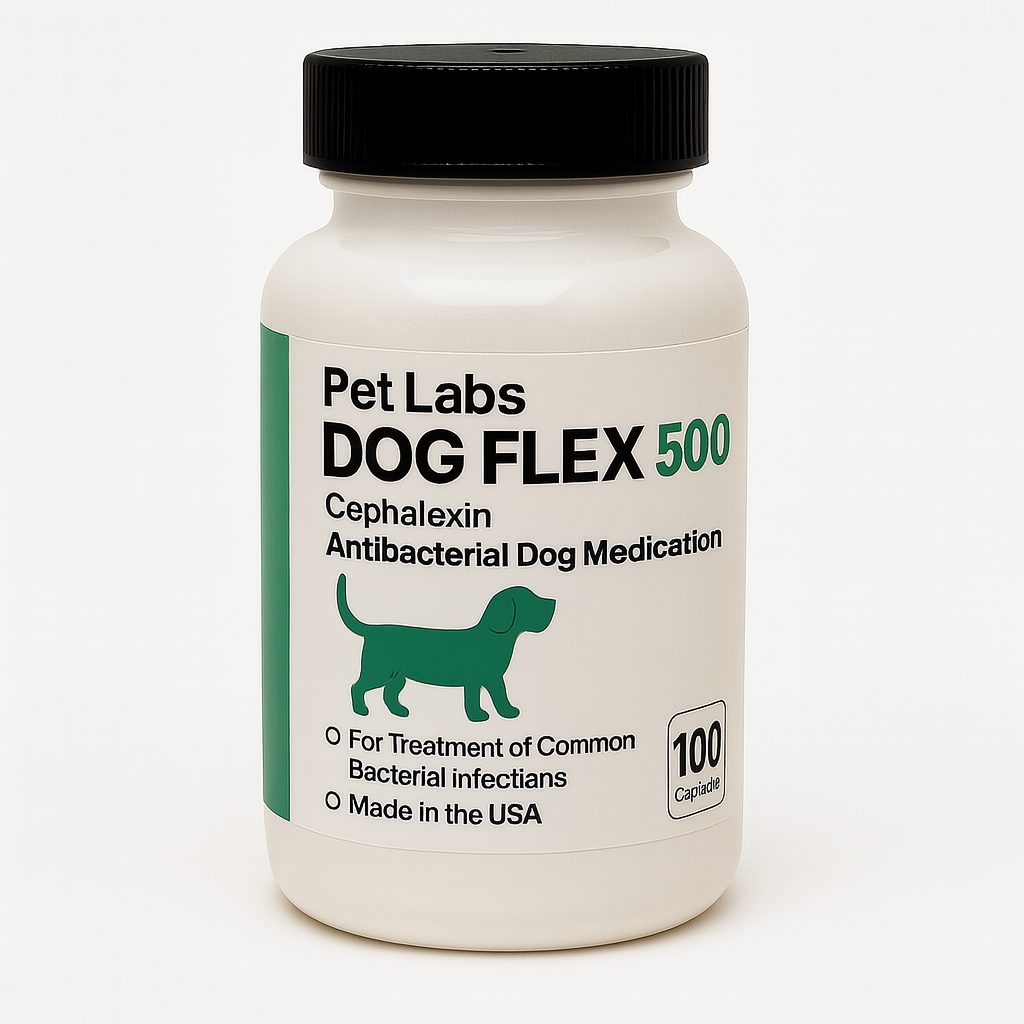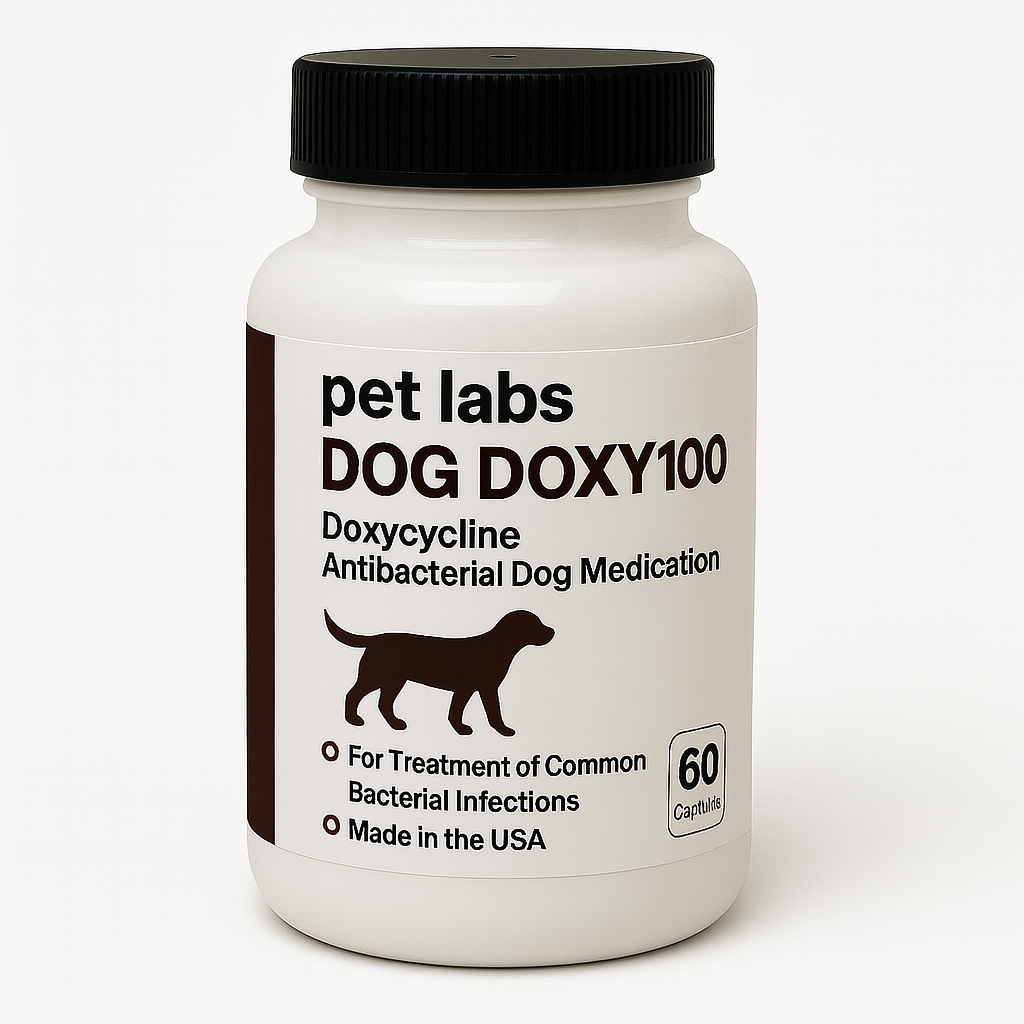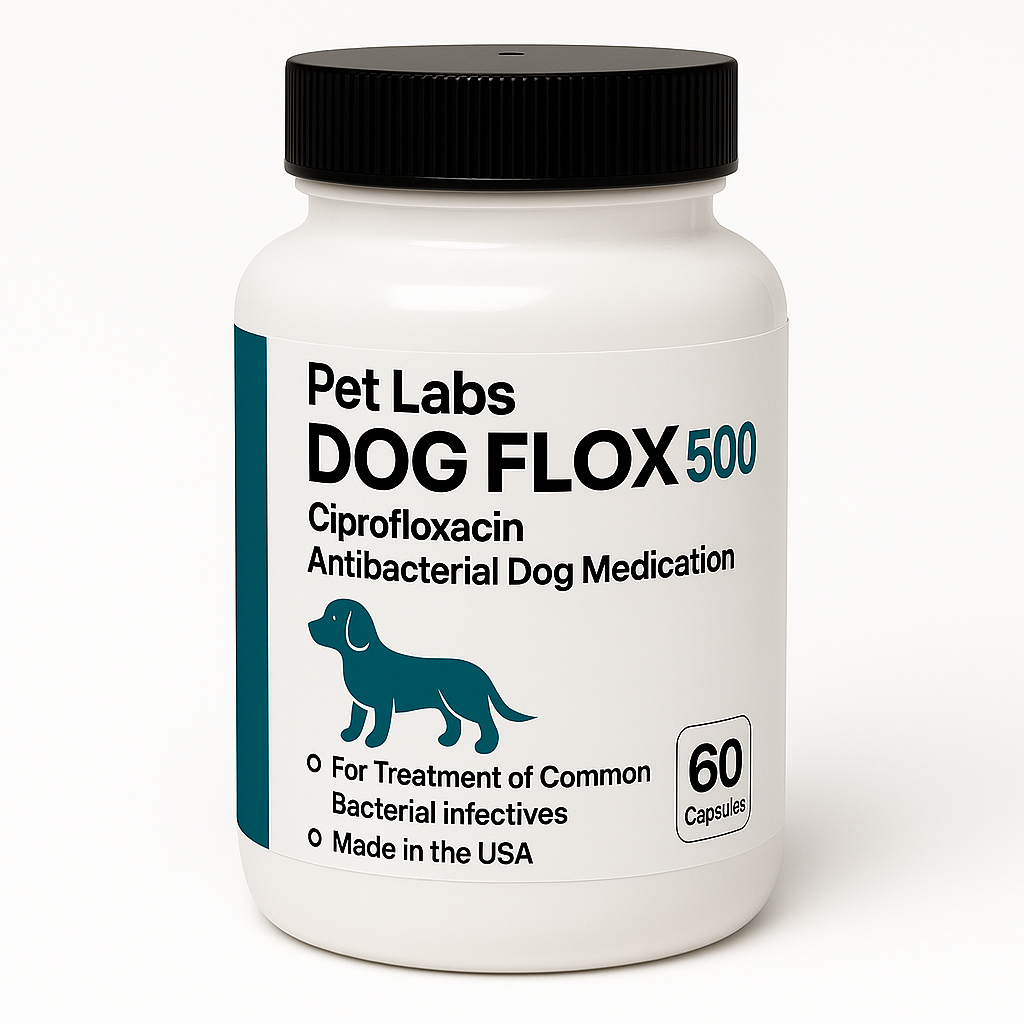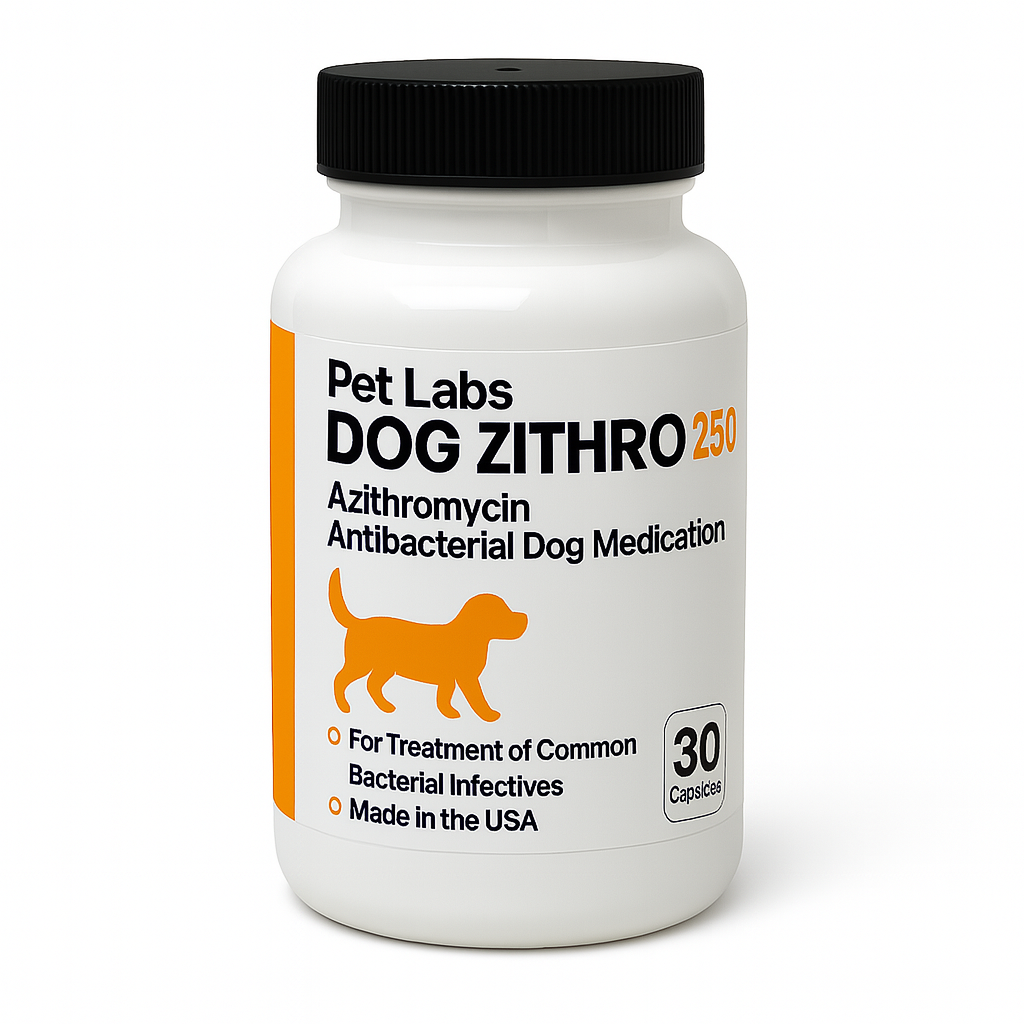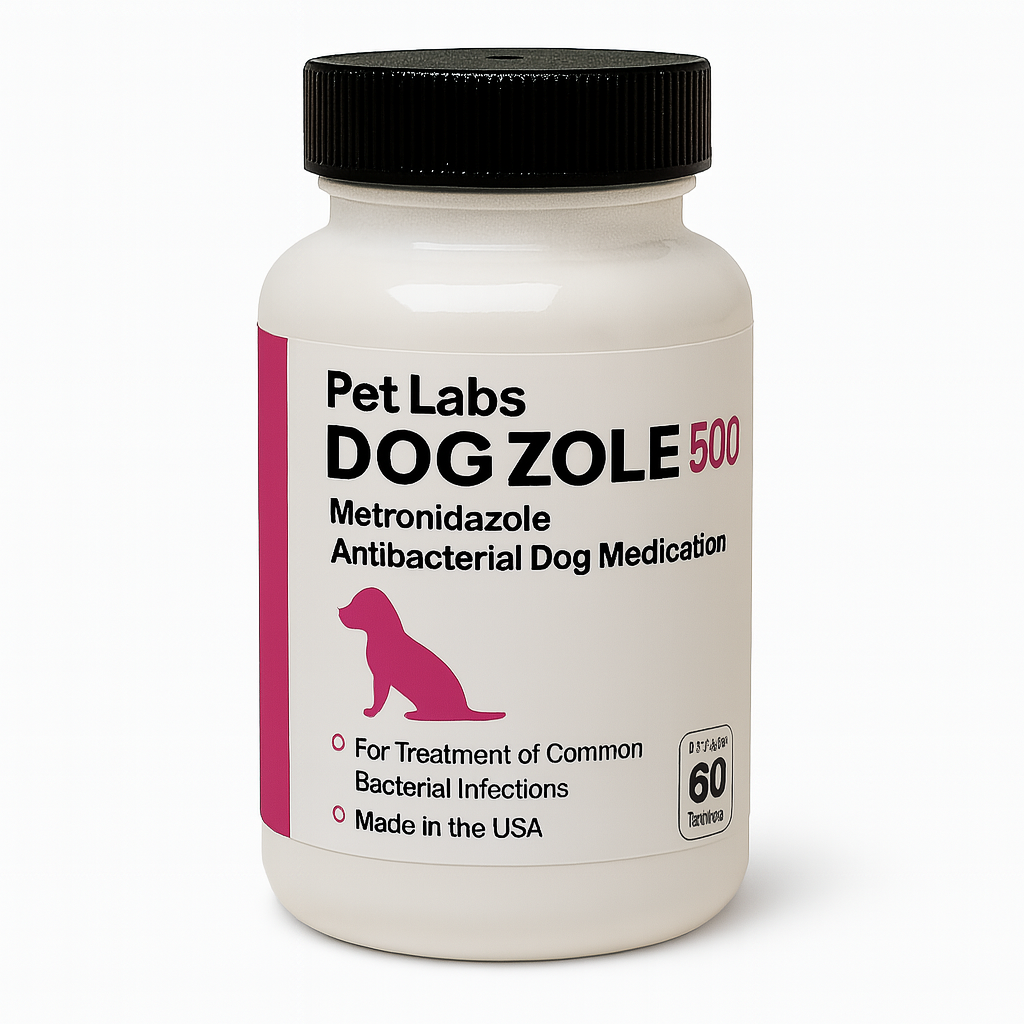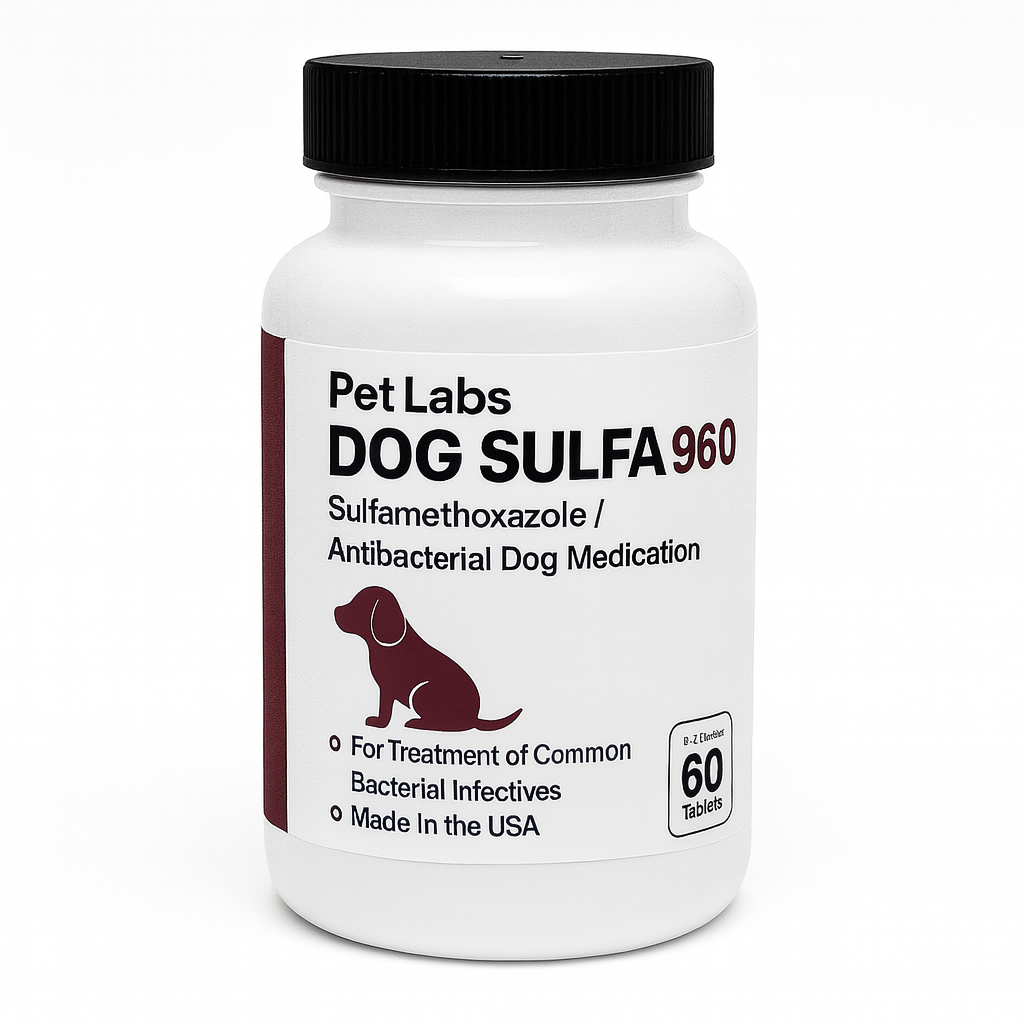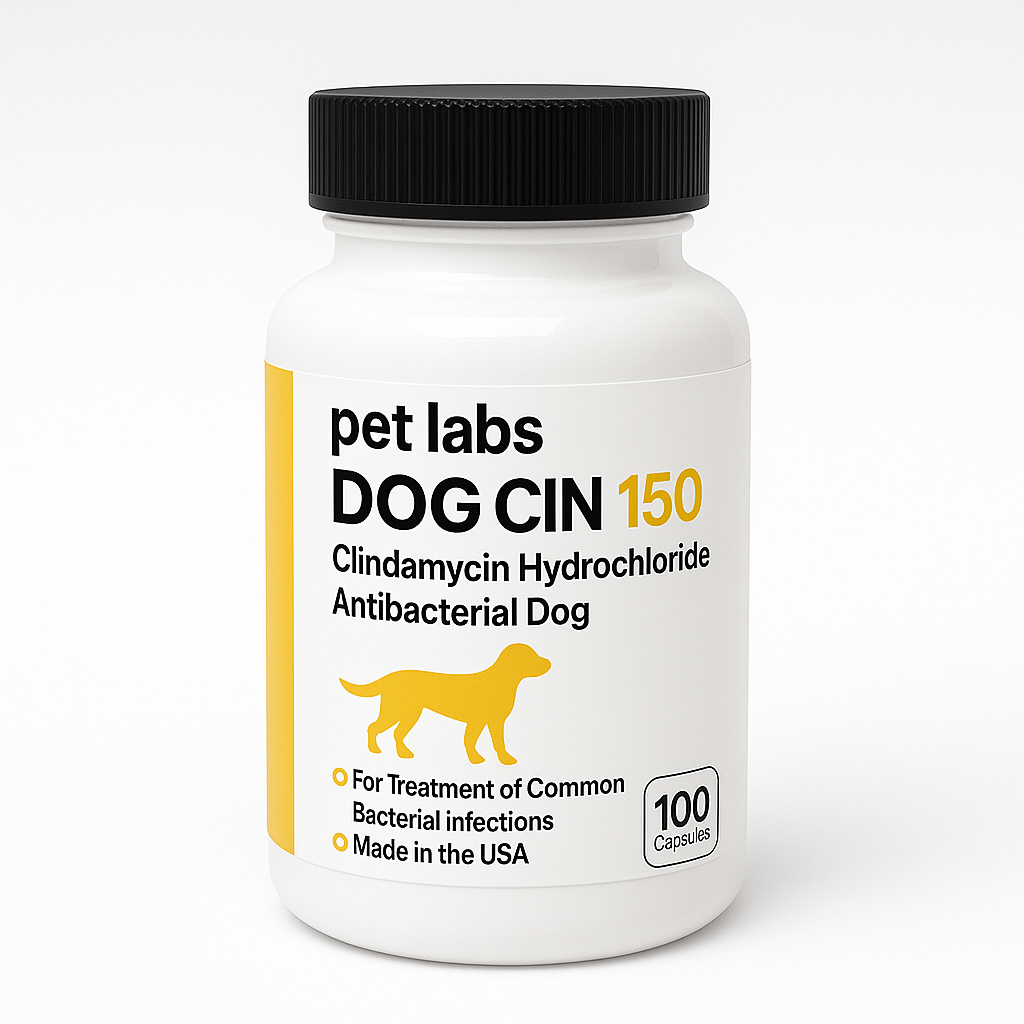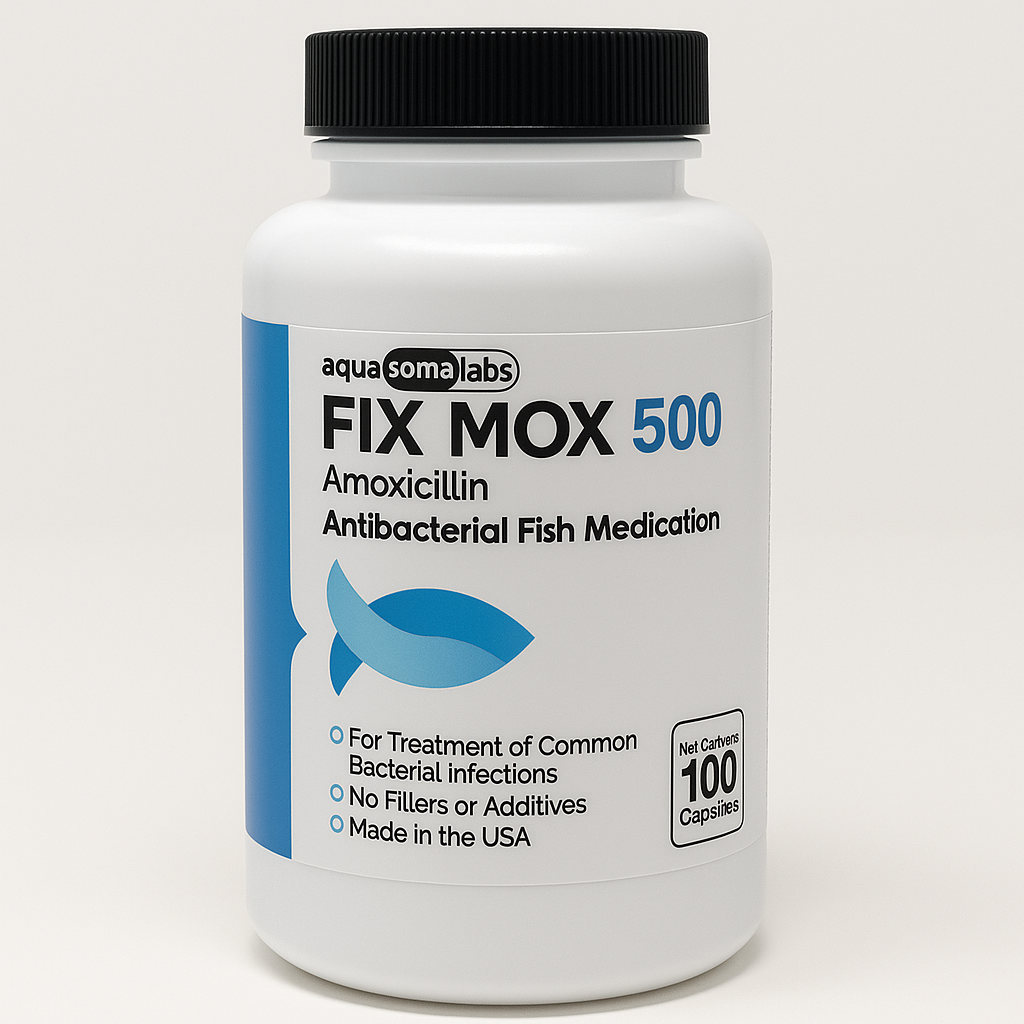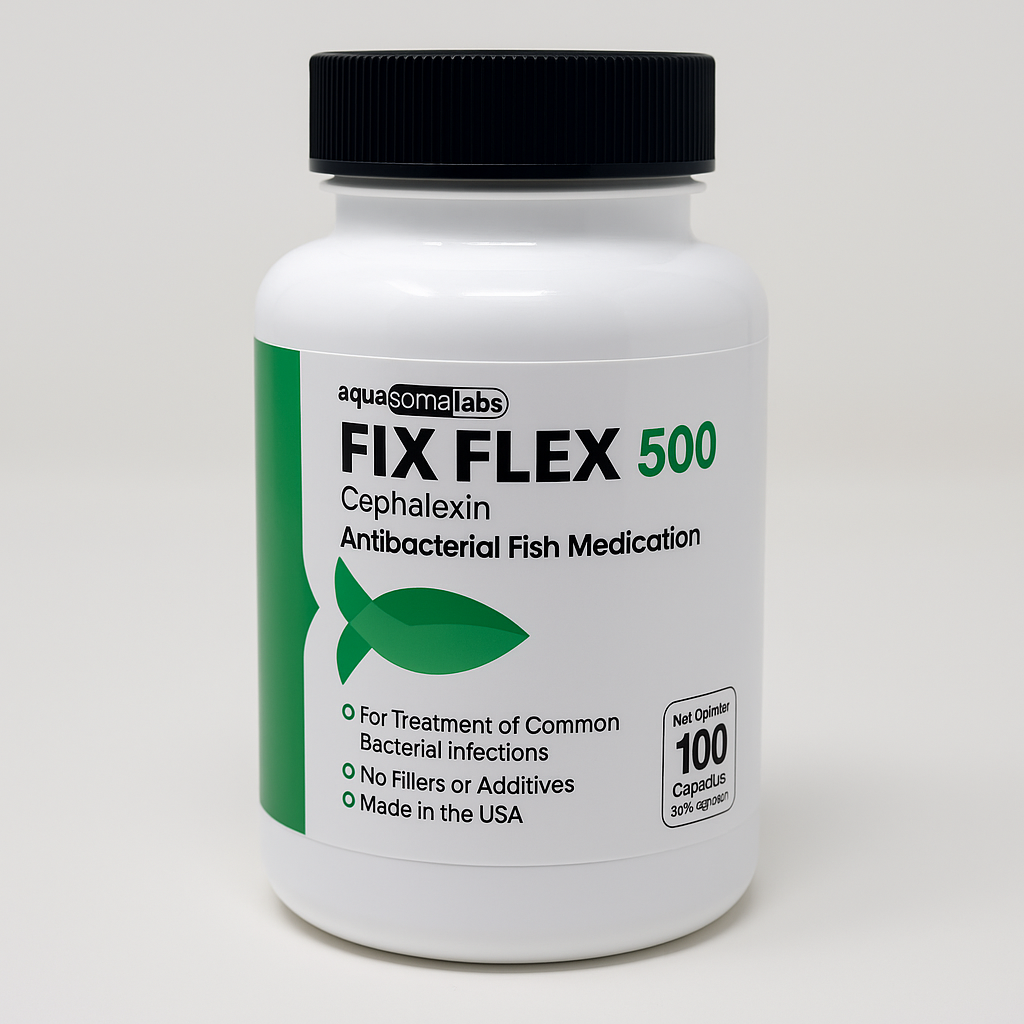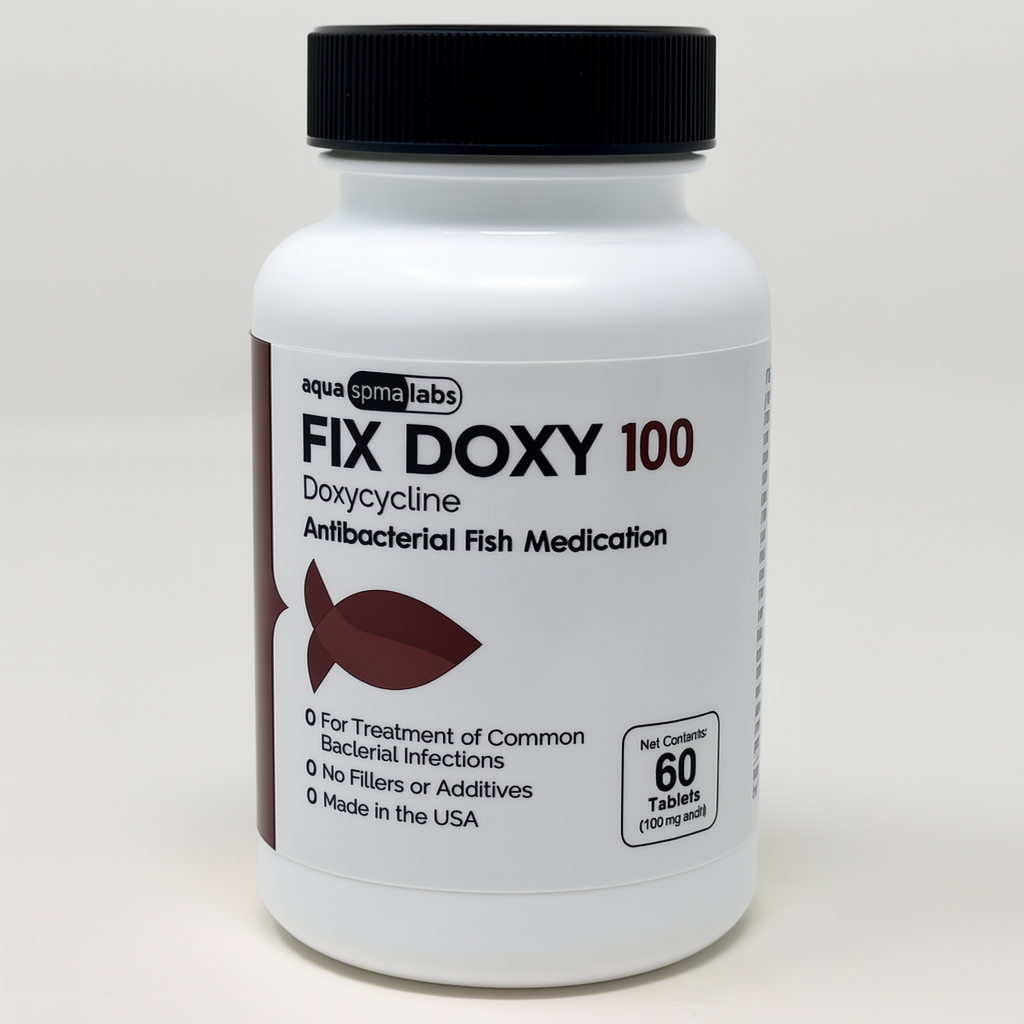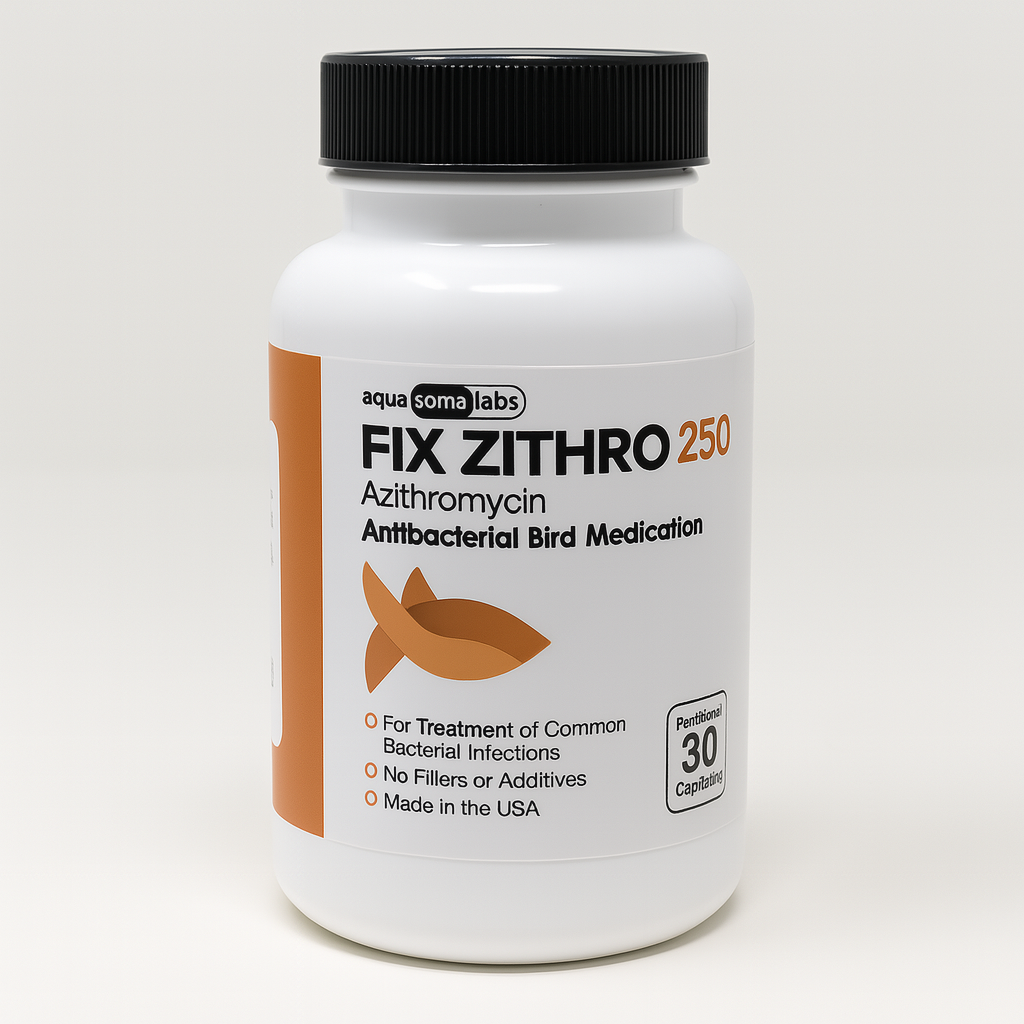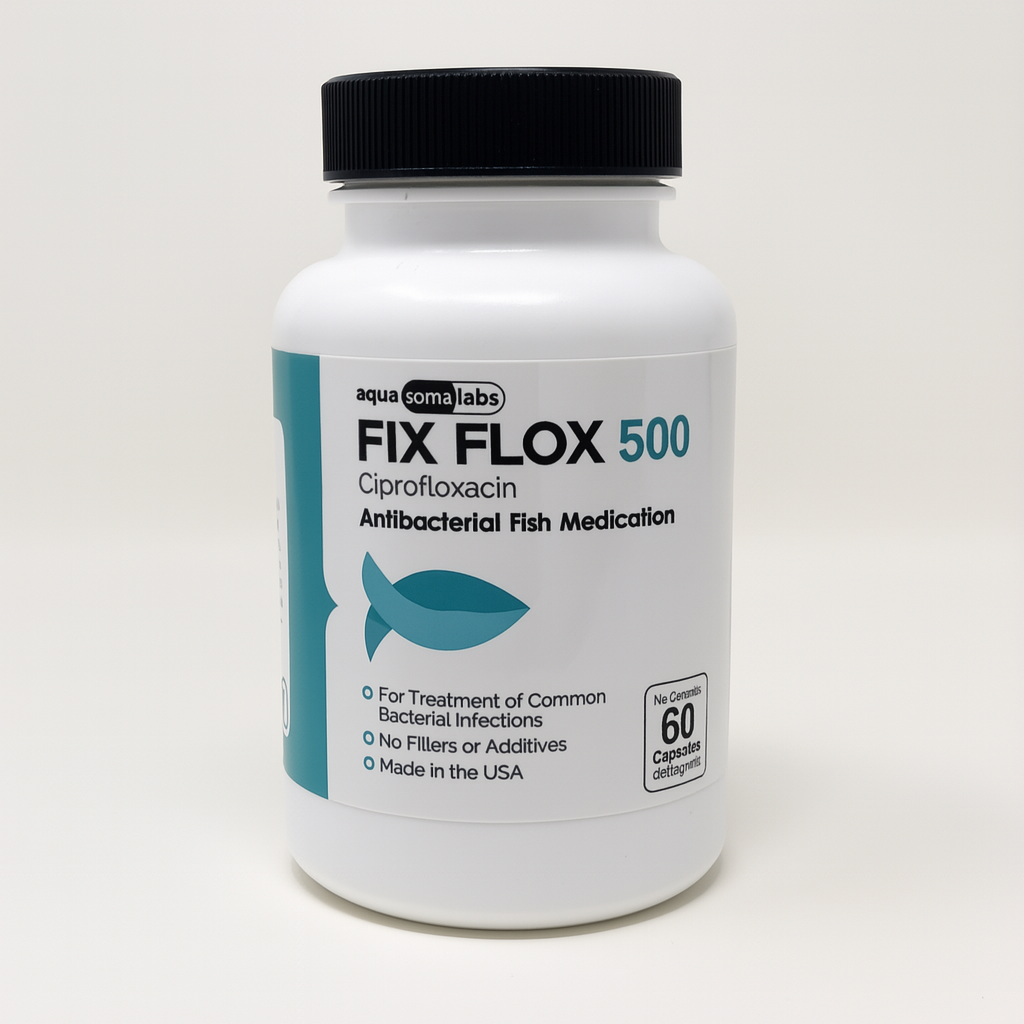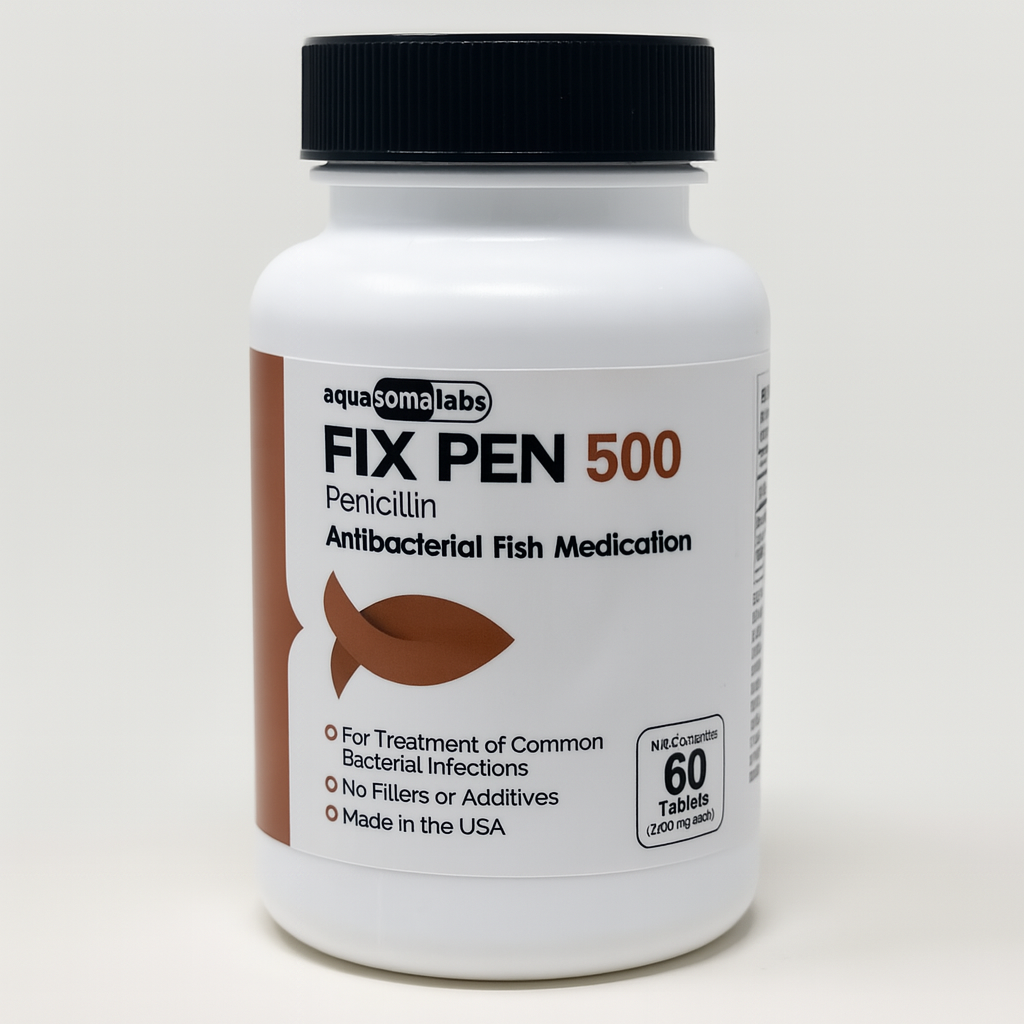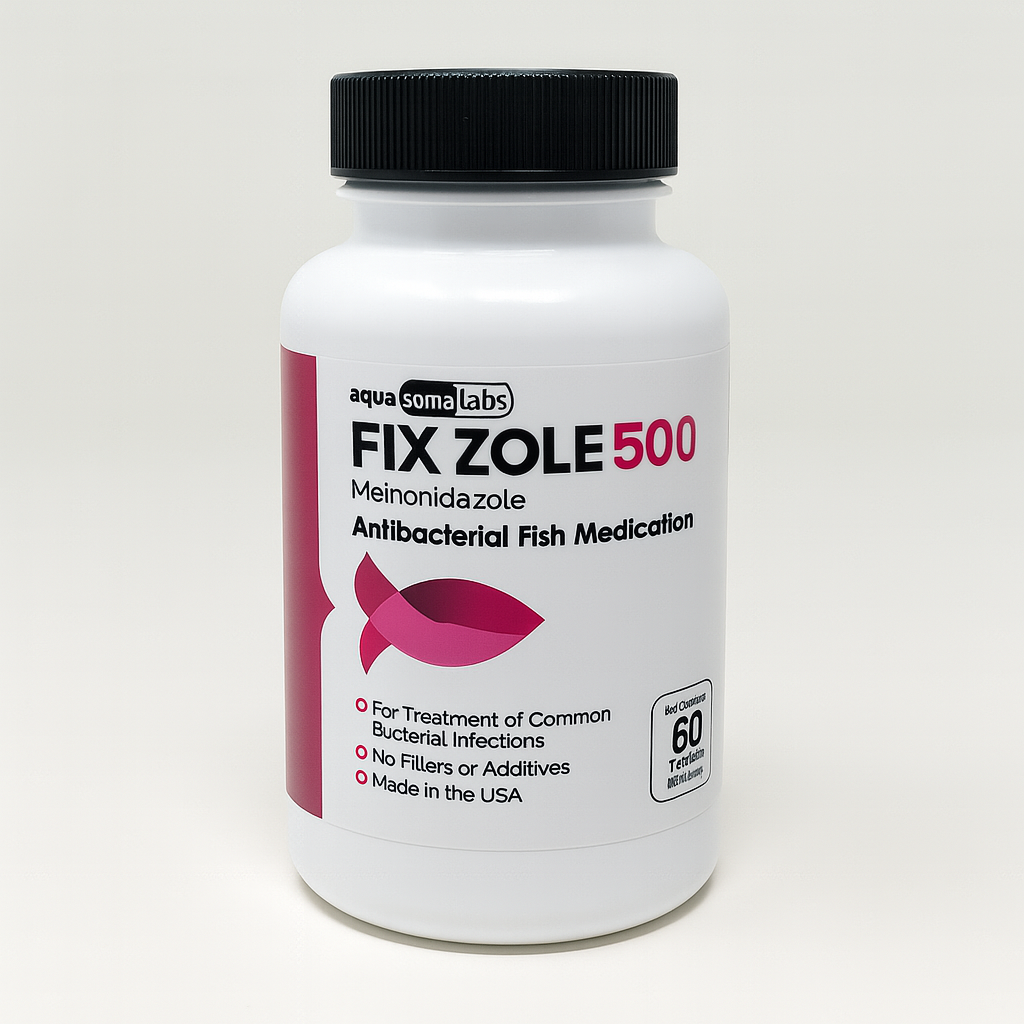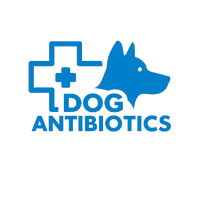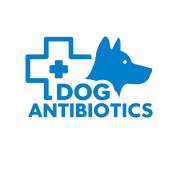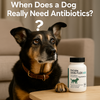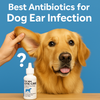Dog Skin Infection Symptoms Checklist | A Quick Guide for Spotting and Treating Common Canine Skin Conditions
Dog Skin Infection Symptoms Checklist: 20 Must-Know Signs and Treatments
Understanding Dog Skin Infections
Skin infections are among the most common medical issues in dogs. From minor rashes to deep bacterial infections, your dog’s skin can react to allergens, parasites, fungi, or bacteria in many ways. Identifying the signs early is crucial for effective treatment — and often prevents the condition from worsening.
This comprehensive Dog Skin Infection Symptoms Checklist helps you recognize key symptoms, identify possible causes, and understand when it’s time to start treatment. Whether your dog is scratching, losing fur, or showing red patches on the skin, this guide is designed to walk you through every stage of concern.
What You’ll Learn in This Guide
- 20 common symptoms of dog skin infections
- How to identify bacterial vs. fungal issues
- Checklist format for easy tracking
- Which antibiotics for dogs help with skin issues
- When to treat at home vs. see a vet
At DogsAntibiotics.com, we offer fast-shipping, over-the-counter antibiotics trusted by thousands of pet owners. If your dog has symptoms of a skin infection, act fast — the earlier you treat, the better the outcome.
What Causes Dog Skin Infections?
Understanding the root cause of your dog’s skin infection is the first step to choosing the right treatment. Canine skin infections are commonly triggered by:
1. Bacterial Infections (Pyoderma)
Often caused by Staphylococcus pseudintermedius, bacterial infections typically result from wounds, scratching, allergies, or underlying illness. These infections require antibiotics like Cephalexin or Clindamycin.
2. Fungal Infections (Yeast)
Yeast overgrowth can occur in moist, warm areas (like skin folds and ears), often caused by Malassezia. Symptoms include oily skin and foul odor. Treatment may require antifungals or antibiotics if secondary bacteria are present.
3. Parasitic Infections (Mange, Fleas)
Mites (demodex or sarcoptes) and fleas damage the skin, leading to secondary infections. Dogs with parasitic infections often scratch excessively, causing lesions that become infected.
4. Allergies (Food or Environmental)
Chronic scratching from allergies can break the skin barrier, allowing bacteria to enter. Skin infections due to allergies may recur if the underlying allergy isn’t addressed.
5. Hormonal Imbalances or Immune Deficiency
Conditions like hypothyroidism or Cushing’s disease suppress the immune system, making dogs more prone to infections. In these cases, infections may be more severe or recurrent.
Each cause may require a different form of treatment. This is why identifying the trigger and selecting the right dog antibiotic or antifungal is so important.
Most Common Dog Skin Infection Symptoms
Dog skin infections can present in a variety of ways. Here are the most common signs that your dog may be suffering from a bacterial, fungal, or parasitic skin condition:
- Red or inflamed skin – Often the first visible sign of irritation or infection.
- Itching and scratching – Constant scratching is a major red flag.
- Hot spots (moist dermatitis) – Raw, oozing patches of skin, often painful.
- Hair loss (alopecia) – Bald patches or thinning hair.
- Scabs or crusty skin – Resulting from scratching, infection, or mites.
- Foul odor – Especially common with yeast infections.
- Greasy or oily coat – A sign of seborrhea or yeast buildup.
- Thickened or darkened skin – Chronic irritation may cause these changes.
- Pus-filled lesions or pustules – Indicative of bacterial infection.
- Excessive licking or chewing – Especially at paws, legs, or tail base.
If your dog is showing two or more of these symptoms, it's likely time to take action. In many cases, a round of broad-spectrum dog antibiotics like Cephalexin or Clindamycin can help eliminate the infection quickly.
Dog Skin Infection Symptom Checklist
Use the checklist below to track your dog’s symptoms. It helps identify possible infections early and determine whether home treatment or veterinary care is needed.
| Symptom | Observed? | Severity (Mild / Moderate / Severe) |
|---|---|---|
| Red or inflamed skin | ☐ | ☐ |
| Constant itching or scratching | ☐ | ☐ |
| Hot spots (wet, irritated skin patches) | ☐ | ☐ |
| Hair loss or bald patches | ☐ | ☐ |
| Foul or unusual odor | ☐ | ☐ |
| Greasy or oily coat | ☐ | ☐ |
| Scabs, crusts, or scaling | ☐ | ☐ |
| Open sores or pus-filled lesions | ☐ | ☐ |
| Thickened or darkened skin | ☐ | ☐ |
| Excessive licking or chewing | ☐ | ☐ |
💡 If your dog has checked multiple boxes, it's time to consider a safe treatment option. Shop over-the-counter dog antibiotics or consult your vet.
How to Tell if Your Dog’s Skin Infection Is Bacterial, Fungal, or Parasitic
Not all skin infections are the same. Knowing whether your dog is suffering from a bacterial, fungal, or parasitic infection will help you choose the correct treatment — and save time and money.
Bacterial Infections
- Common Symptoms: Redness, pus, scabs, pustules, hair loss
- Odor: Mild to moderate, often not foul
- Common Antibiotics: Cephalexin, Clindamycin
Fungal Infections (Yeast)
- Common Symptoms: Oily or greasy skin, strong odor, thickened skin, itchiness in ears or folds
- Odor: Strong, sour, or musty smell
- Recommended Treatments: Antifungal shampoos and possibly antifungal meds (consult vet)
Parasitic Infections
- Common Symptoms: Intense itching, crusty lesions, hair loss, restlessness
- Examples: Fleas, mange mites (sarcoptic or demodex)
- Treatment: Parasiticides (prescription), plus antibiotics for secondary infections
If you're unsure, but your dog has pus, open sores, or spreading redness, starting a round of no-prescription dog antibiotics may help reduce the bacterial load while you plan a full recovery approach.
Top Antibiotics for Dog Skin Infections (No Prescription)
When your dog shows signs of a skin infection, fast action is key. These no-Rx antibiotics are among the most trusted options for treating common bacterial skin infections in dogs — including pyoderma, hot spots, and infected wounds.
1. Cephalexin
- Use: First-line antibiotic for skin infections and hot spots
- Action: Effective against gram-positive bacteria like staph
- Available Products: Cephalexin 500mg, Cephalexin 250mg
2. Clindamycin
- Use: Deeper skin infections, dental abscesses, and wounds
- Action: Excellent for resistant staph infections
- Available Product: Clindamycin 150mg
3. Amoxicillin
- Use: All-purpose antibiotic, good for mild to moderate skin infections
- Action: Broad-spectrum coverage for gram-positive bacteria
- Available Products: Amoxicillin 500mg, Amoxicillin 250mg
These safe, non-prescription antibiotics are available directly from the Dog Antibiotics Collection. Always follow appropriate dosing and monitor your pet for improvements within 3–5 days.
Natural vs Prescription-Free Antibiotics – What Works Best?
When treating a dog skin infection, many owners wonder if natural remedies are enough — or if fast-acting no-Rx antibiotics are the smarter option. Here’s a side-by-side look to help you decide.
Natural Remedies
- Examples: Coconut oil, apple cider vinegar, aloe vera, chamomile, honey
- Pros: Gentle, soothing, inexpensive, fewer side effects
- Cons: Limited antimicrobial power, slower results, not effective for moderate/severe infections
- Best For: Minor irritation, dry skin, maintenance after antibiotics
No-Prescription Antibiotics
- Examples: Cephalexin, Clindamycin, Amoxicillin
- Pros: Fast-acting, targeted, clinically proven against infections
- Cons: May cause upset stomach, requires accurate dosing
- Best For: Bacterial infections, infected wounds, hot spots, recurring issues
💡 Bottom Line: While natural remedies can offer relief for mild symptoms, non-prescription dog antibiotics are your best bet for resolving infections quickly and safely.
How to Apply Oral Antibiotics for Skin Infections in Dogs
Once you’ve chosen a trusted no-prescription antibiotic for dogs, correct administration is crucial to ensure fast healing. Here’s a practical, vet-informed guide to giving oral antibiotics safely and effectively.
Step-by-Step Guide
- Confirm the Correct Dose: Follow the label or vet recommendation. Typical Cephalexin or Amoxicillin dosage is 5–10 mg per lb of body weight, every 12 hours.
- Prepare a Treat Wrapper: Use soft cheese, peanut butter (xylitol-free), or a pill pocket.
- Hide the Capsule or Tablet: Mold the treat around the medication to prevent rejection.
- Use Positive Reinforcement: Praise and reward your dog immediately after swallowing.
- Be Consistent: Administer doses at the same time daily for 5–10 days, even if symptoms improve early.
💡 Tips for Success
- Try crushing and mixing tablets with wet food (if the formula allows).
- Never skip doses — incomplete treatment can lead to resistant infections.
- Track daily administration on paper or your phone.
Need options? Explore our full collection of Cephalexin and Clindamycin capsules for skin health support.
When to Stop or Switch Antibiotics – Warning Signs
Giving antibiotics without a vet’s supervision requires careful monitoring. While most dogs respond well to trusted non-prescription dog antibiotics, there are cases where stopping or changing the treatment is necessary.
Signs You Should STOP Antibiotics Immediately:
- Severe vomiting or diarrhea not improving after 24 hours
- Swelling of the face, lips, or eyes (possible allergic reaction)
- Difficulty breathing or wheezing
- Seizures or tremors
Signs You May Need to SWITCH Antibiotics:
- No improvement after 3–5 days of consistent treatment
- Worsening skin symptoms (spreading rash, new lesions)
- Excessive drooling or loss of appetite
- New symptoms appear unrelated to the original condition
💡 Tip: If you need a backup option, consider switching from Cephalexin to Clindamycin or vice versa — depending on the infection’s response. Always allow at least 24 hours between switching medications.
Antibiotics for Dog Skin Yeast Infections
While most skin infections in dogs are bacterial, yeast infections (caused by Malassezia fungus) are also common — especially in moist, folded areas like the ears, paws, and groin. Recognizing and treating them correctly is essential for long-term relief.
Symptoms of Yeast Skin Infections in Dogs:
- Greasy, smelly skin (especially ears or belly)
- Chronic itching or head shaking
- Rust-colored staining on fur (especially paws)
- Thickened or darkened skin in folds
Best Treatment Options:
-
Fluconazole 200mg – Antifungal
Effective against internal and skin-based fungal infections. Works well for deep yeast issues and recurring flare-ups. -
Medicated Topical Sprays & Shampoos
Chlorhexidine or ketoconazole-based topicals may be used alongside oral antifungals for more stubborn infections.
Important Notes:
- Fluconazole should be used for at least 7–10 days
- Monitor for appetite loss or GI upset during use
- Do not combine with certain antibiotics without a vet's advice
To order antifungal treatment without a vet prescription, visit our listing for Dog Fluconazole 200mg.
Should You Use Antibiotic Creams or Oral Medications for Dog Skin?
When dealing with a dog skin infection, choosing between topical creams and oral antibiotics can feel overwhelming. Each has its strengths depending on the severity and location of the infection.
When to Use Topical Antibiotic Creams:
- Small, localized infections (e.g., minor cuts, hot spots, or insect bites)
- Preventing infection in recent wounds or surgical sites
- Maintenance treatment after an oral antibiotic course
Examples: Neomycin, bacitracin, chlorhexidine-based sprays or ointments
When Oral Antibiotics Work Best:
- Widespread infections or rashes
- Deep skin infections (e.g., pyoderma, folliculitis)
- Recurring or resistant infections
- When infection is accompanied by fever, appetite loss, or lethargy
Recommended oral options: Dog Amoxicillin 500mg, Cephalexin 500mg, Clindamycin 150mg
💡 Expert Tip: For faster results, your vet may recommend combining both topical and oral treatments. Be sure to space them out if irritation occurs.
Common Bacteria Behind Dog Skin Infections
Understanding the underlying cause of your dog’s skin infection helps you choose the right treatment. Most skin infections in dogs are bacterial — with a few specific culprits responsible for the majority of cases.
🔬 Bacterial Agents Commonly Involved:
-
Staphylococcus pseudintermedius
The most frequent cause of canine pyoderma (bacterial skin infection). Found naturally on skin but becomes dangerous when it overgrows. -
Escherichia coli (E. coli)
Can infect wounds or surgical sites and may complicate underlying skin issues. -
Pseudomonas aeruginosa
Often linked with moist environments like ears, causing painful, resistant infections. Requires strong antibiotics like ciprofloxacin.
💊 Effective Antibiotic Options:
- Cephalexin 500mg – Broad-spectrum and effective for staph infections
- Ciprofloxacin 500mg – Stronger option for resistant bacteria like pseudomonas
- Clindamycin 150mg – Ideal for deep skin infections and abscesses
These bacteria are best handled with fast, targeted action. Choose high-quality, no-Rx solutions from our full collection of dog antibiotics.
Can Dog Skin Infections Spread to Humans or Other Pets?
Dog skin infections aren’t just uncomfortable for pets — they may also pose a risk to other animals or even humans in certain cases. Knowing which infections are contagious helps protect everyone in the home.
🐾 Which Dog Skin Infections Are Contagious?
- Ringworm (Dermatophytosis): A fungal infection that can spread easily to humans, cats, and dogs. Watch for circular patches of missing fur and scaly skin.
- Staph Infections: Most staph bacteria in dogs are not contagious to humans. However, resistant strains (like MRSP) can be transmitted through open wounds or close contact.
- Mange (Sarcoptic): Caused by mites, this is highly contagious to other pets and even humans. Requires separate treatment, not antibiotics.
Precautions to Take:
- Wash hands after touching infected areas
- Disinfect bedding, collars, and grooming tools
- Isolate infected dogs if possible until treatment begins working
- Use gloves when applying creams or administering oral antibiotics
Recommended Products for Treatment:
- Clindamycin 150mg – Deep skin infections, abscesses
- Fluconazole 200mg – Antifungal treatment for ringworm
Explore more options in our Dog Antibiotics Collection.
Can a Dog Skin Infection Heal Without Antibiotics?
Not all skin infections in dogs require antibiotics — but knowing when to treat naturally versus when to medicate is essential for your dog’s safety. Mild infections may resolve with topical care and improved hygiene, while moderate to severe cases typically need prescription-strength treatment.
🟢 When a Skin Infection May Heal Naturally:
- Very small, superficial wounds or hot spots
- No signs of pus, spreading, or systemic illness
- Good grooming and cleaning routines are followed
- Use of antibacterial shampoos or sprays
🔴 When Antibiotics Are Strongly Recommended:
- Spreading redness or swelling
- Fever, lethargy, appetite loss
- Open sores, abscesses, or pus
- Recurring infections that haven’t responded to home care
Recommended Oral Antibiotics:
- Amoxicillin 500mg – Great first-line defense for general infections
- Doxycycline 100mg – Effective for more complex or resistant skin issues
If you're unsure, it's always best to begin with topical treatments and monitor symptoms. If no improvement is seen within 3 days, switch to an oral antibiotic like those offered at DogsAntibiotics.com.
What Happens If a Skin Infection in Dogs Goes Untreated?
Delaying treatment for a dog’s skin infection may lead to serious complications. While some minor infections resolve on their own, most bacterial skin issues worsen quickly without proper care. The consequences of leaving a skin condition untreated can affect your dog’s entire well-being.
🚨 Risks of Ignoring a Skin Infection:
- Spread of Infection: Bacteria may penetrate deeper layers of the skin or enter the bloodstream (leading to sepsis).
- Chronic Skin Damage: Ongoing scratching and inflammation may cause permanent scarring, hair loss, or skin thickening.
- Pain and Behavioral Changes: Constant itching or burning sensations can lead to anxiety, restlessness, and aggression.
- Secondary Infections: Fungal or yeast overgrowth may take hold once skin barriers are compromised.
💊 Immediate Action Products:
- Cephalexin 500mg – Broad-spectrum relief from common skin infections
- Clindamycin 150mg – Ideal for abscesses and deep tissue infections
To protect your dog’s skin and overall health, prompt treatment is key. Browse the full Dog Antibiotics Collection to begin recovery today.
Natural Remedies for Mild Dog Skin Irritations
For early-stage skin issues or as a supplement to antibiotics, many pet owners turn to natural remedies. These options can help soothe discomfort, reduce inflammation, and speed up healing — especially when caught early.
🌿 Effective Natural Remedies:
- Oatmeal Baths: Relieves itching and redness. Grind plain oats into powder and mix into lukewarm bathwater.
- Coconut Oil: Natural antibacterial and moisturizing agent. Apply lightly to affected areas 1–2x daily.
- Aloe Vera Gel: Use pure aloe (no alcohol) to cool and calm inflamed skin.
- Apple Cider Vinegar Spray: Mix 1:1 with water; apply to dry skin for antibacterial benefits. Do not use on open wounds.
- Calendula Cream: Anti-inflammatory herb often used in healing salves for skin abrasions.
⚠️ Use Natural Care Wisely
Natural remedies are ideal for:
- Dry, flaky skin
- Minor allergic reactions
- Post-infection skin recovery
They are not a substitute for prescription antibiotics when infection is present.
Need Stronger Treatment?
- Doxycycline 100mg – For recurring infections
- Amoxicillin 500mg – Fast first-line relief
Explore treatment options on DogsAntibiotics.com.
How to Prevent Skin Infections in Dogs Long-Term
Preventing skin infections in dogs isn’t just about treating flare-ups — it’s about creating daily routines and habits that strengthen skin health and reduce the chances of recurrence. Here’s how you can build long-term protection for your dog’s skin.
🛁 1. Practice Consistent Grooming:
- Bathe your dog every 2–4 weeks with a gentle, hypoallergenic shampoo
- Brush out dirt, dead fur, and dander regularly (especially in double-coated breeds)
🥣 2. Improve Nutrition:
- Choose high-protein diets with omega-3 fatty acids (salmon oil, flaxseed)
- Consider probiotic supplements to support skin and immune health
🌿 3. Control Allergies:
- Identify food or environmental triggers with your vet
- Keep your home free of dust, mold, and seasonal allergens
🔍 4. Inspect the Skin Weekly:
- Check for hot spots, flaky patches, or odor
- Start treatment early if you notice signs of irritation
💊 5. Keep Antibiotics On-Hand:
- Cephalexin 250mg – Gentle but effective for recurring bacterial issues
- Sulfa-Trimethoprim 960mg – Dual-action protection for stubborn infections
Learn more in our Clindamycin 150mg – Ideal for abscesses and bite wounds
- Amoxicillin 250mg – Mild to moderate infections
Always follow your vet’s instructions when combining natural or over-the-counter treatments with prescription protocols.
The Role of Antibiotics in Allergy-Induced Skin Infections
Many dog skin infections start with an allergic reaction. When scratching and inflammation break the skin, bacteria quickly take advantage — leading to a secondary infection. That’s where antibiotics come in.
🌼 Allergies Can Lead to Skin Infection:
- Environmental allergens (pollen, mold, dust mites)
- Food allergies (chicken, wheat, soy, etc.)
- Flea bites and contact allergies (shampoos, grasses)
🔄 From Itch to Infection:
- Allergen exposure causes skin irritation or hives
- Dog scratches or bites skin excessively
- Broken skin allows bacteria to multiply
- A red, swollen, sometimes oozing area forms
💊 Antibiotics Can Break the Cycle:
While allergy meds (like antihistamines or steroids) reduce inflammation, antibiotics stop the infection that follows. That’s why many allergy-related skin problems require both:
- Cephalexin 500mg – Works well for allergy-triggered staph infections
- Doxycycline 100mg – Reduces bacteria and supports skin healing
Important:
Always identify the root cause (the allergen) to prevent recurring infections. You may need to adjust diet, bathing frequency, or living conditions in addition to medication.
Read more at our full Dog Antibiotics Collection.
Final Checklist – Know the Signs, Act Early
Early recognition of skin issues can be the difference between a mild irritation and a serious infection. Use this checklist to monitor your dog and take action before things escalate.
✅ Skin Infection Warning Signs:
- Redness, swelling, or rash
- Frequent itching, licking, or chewing
- Hot spots or open sores
- Scabs, flaky patches, or hair loss
- Strong or unusual odor
- Oozing discharge or pus
🩺 Action Plan:
- Inspect: Check your dog’s skin weekly, especially in ears, paws, and folds
- Clean: Gently clean affected areas with vet-approved solutions
- Treat: Use appropriate no-Rx antibiotics from our trusted selection
- Monitor: Track progress daily and adjust as needed
💊 Best-Sellers for Fast Relief:
- Clindamycin 150mg – Excellent for deep tissue and abscesses
- Amoxicillin 500mg – Trusted general-purpose skin antibiotic
- Cephalexin 250mg – Great starter option for small and medium breeds
Visit our complete Dog Antibiotics Collection to choose the right treatment and protect your pet's skin health.
